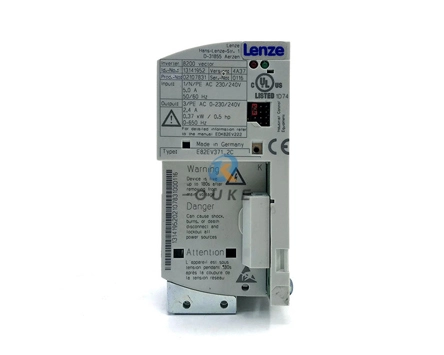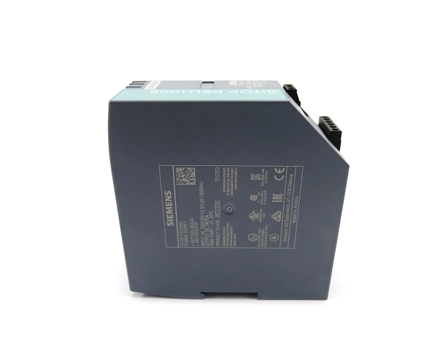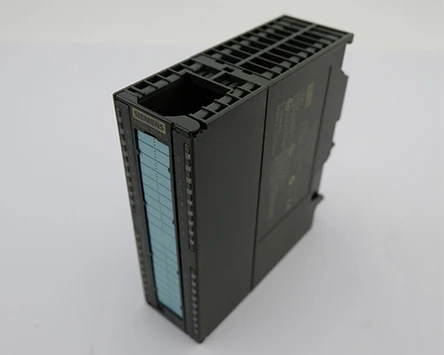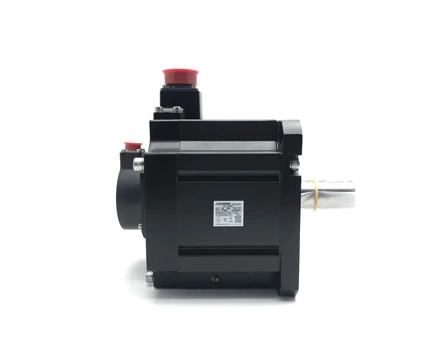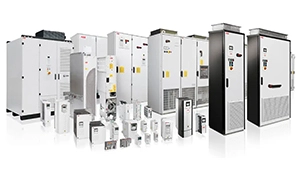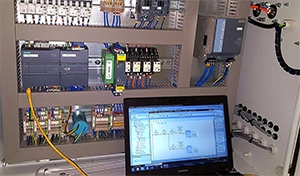
We know that servo motor device can control the speed and position accurately, and can convert the voltage signal into torque and speed to drive the control object. The rotor speed of servo motor parts is controlled by the input signal and can react quickly. In the automatic control system, it is used as an actuator, and has the characteristics of small electromechanical time constant, high linearity, and starting voltage. It can control the received electrical signal and convert it into angular displacement or angular velocity output on the motor shaft. Generally its main feature is that there is no rotation when the signal voltage is zero, and the speed decreases at a uniform speed with the increase of torque. The servo motor equipment can be divided into two major categories of DC and AC servo motors. Then what is the difference between DC servo motor and AC servo motor?
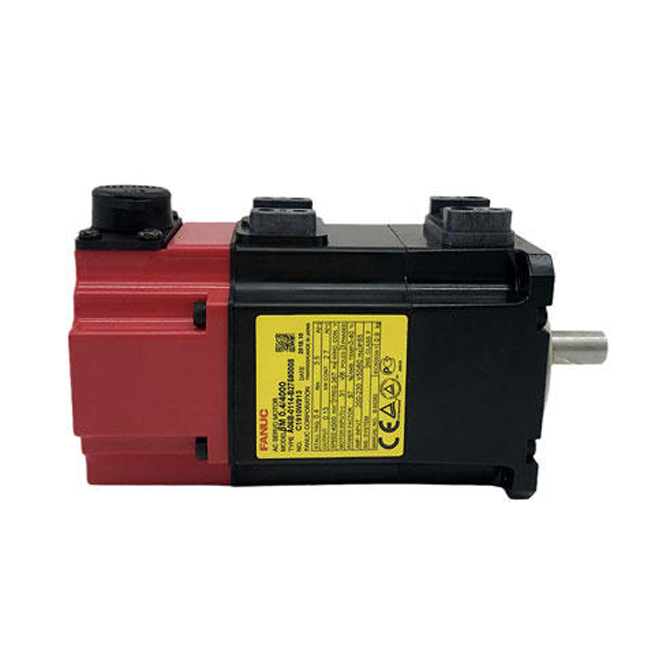
The structure of a DC servo motor is similar to that of a DC electric motor. Motor speed n=E/K1j=(Ua-IaRa)/K1j, where E is the armature back electromotive force, and K is the constant, and j is the magnetic flux per pole, Ua and Ia are the armature voltage and armature current, and Ra is Armature resistance. Changing Ua or changing φ can control the speed of the DC servo motor, but generally the method of controlling the armature voltage is adopted. In the permanent magnet DC servo motor, the field winding is replaced by a permanent magnet, and the magnetic flux φ is constant.
The structure of an AC servo motor is similar to that of an AC asynchronous motor. On the stator, there are two excitation windings Wf and control windings WcoWf with a phase space displacement of 90° electrical angles, which connect to a constant AC voltage, and use the AC voltage or phase change applied to Wc to achieve the purpose of controlling the operation of the motor.
1. DC servo motors device
Advantages of DC servo motor include: precise speed control, hard torque and speed characteristics, simple control principle, good linear regulation characteristics, fast time response, easy to use, and low price.
Disadvantages of DC servo motor include: brush commutation, speed limit, additional resistance, and wear particles that are not suitable for dust-free and explosive environments.
2. AC servo motors device
Advantages of ac servo motor include: good speed control characteristics, smooth control can be achieved in the entire speed zone, almost no oscillation, high efficiency of more than 90%, low heat generation, high-speed control, high-precise position control depending on the encoder accuracy, stable operation, good controllability, fast response, high sensitivity, and strict non-linearity indicators of mechanical characteristics and adjustment characteristics. In the rated operating area, it can achieve constant torque, low inertia, low noise, no brush wear, and maintenance-free that is suitable for dust-free and explosive environments.
Disadvantages of ac servo motor include: the control is more complicated, and the driver parameters need to be adjusted on-site to determine the PID parameters. In addition, more connections are required.
 English
English 日本語
日本語 한국어
한국어 français
français Deutsch
Deutsch Español
Español italiano
italiano русский
русский العربية
العربية Türkçe
Türkçe Jawa
Jawa